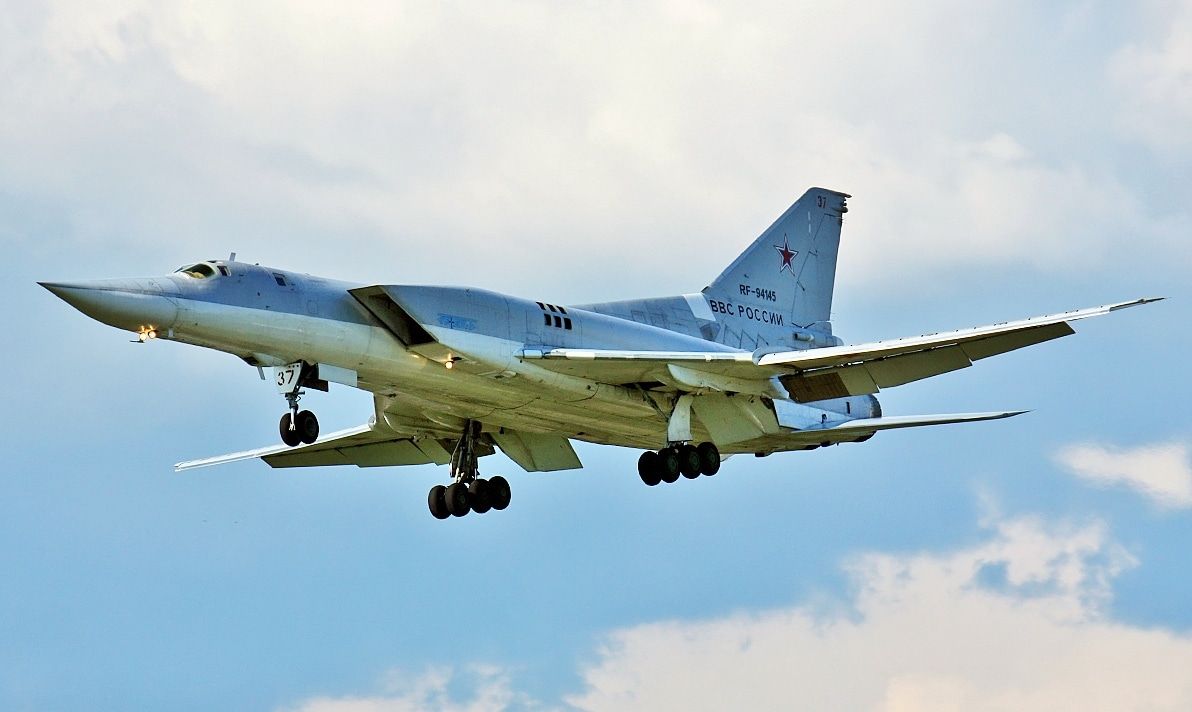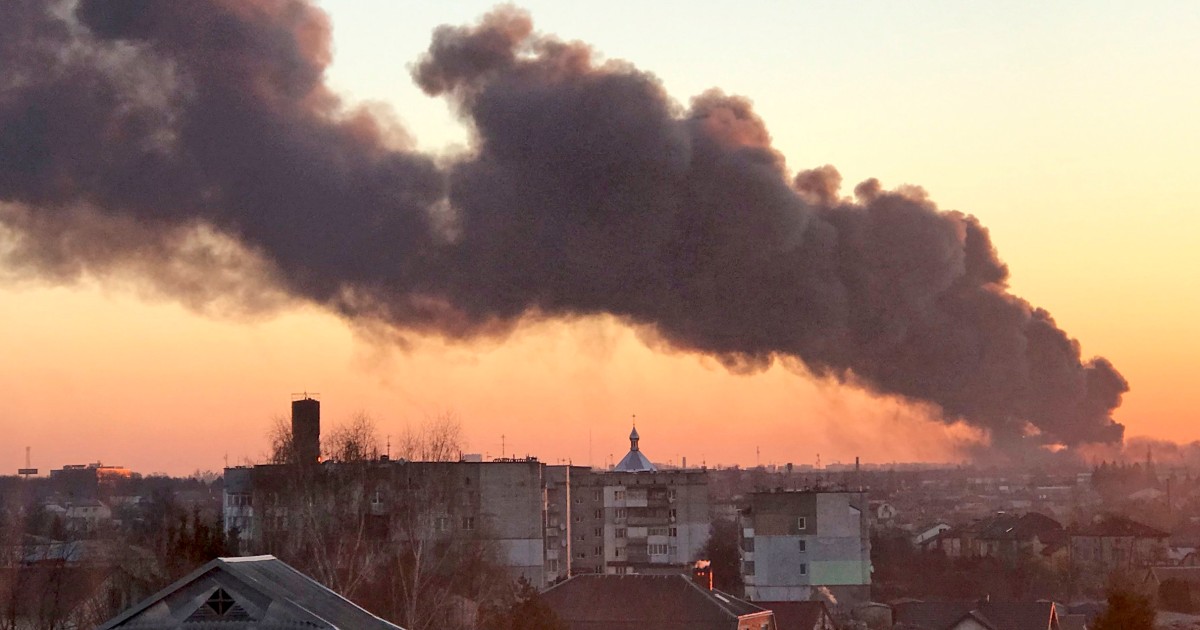Probably.
The Kremlin has got to know this.
WASHINGTON — Senators reacted with alarm to a new report that suggested Russian
President Vladimir Putin could deploy a small, targeted nuclear bomb as his troops
get bogged down in a costly, drawn-out battle against defiant Ukrainian fighters.
One key senator, Marco Rubio, R-Fla., said he believed such an attack could force
NATO allies, including the United States, to invoke their collective defense under Article 5 of the alliance's charter and retaliate against Russia — especially if nuclear fallout drifts over the Ukrainian border and kills or sickens civilians living in Poland or other NATO countries.
“As you detonate a nuclear weapon inside of Ukraine depending on what it is they detonate, even in a demonstration, that would spread radioactive material that would cross borders potentially," said Rubio, the vice chairman of the Senate Intelligence Committee, who frequently tweets his analysis of the Russian invasion.
"If radioactive material blows across the Polish border, they would argue they’ve been attacked,” he added.
Sen. Marco Rubio, R-Fla., said such an attack could trigger NATO's Article 5, which requires a collective defense in the event of an attack on any member.

www.nbcnews.com
There are three basic kinds of deterrence.
Type I Deterrence is the deterrence of a direct attack. Type II Deterrence is defined as using strategic to deter an enemy from engaging in very provocative acts, other than a direct attack on the United States itself. Type III Deterrence might be called "tit-for-tat", graduated, or controlled deterrence. It refers to acts that are deterred because the potential agressor is afraid that the defender or others will then take limited actions, military or nonmilitary, that will make the aggression unprofitable.
Type I Deterrence demands, first of all, the Second Strike Capability. Our Strategic Forces must survive his first counter-force strike and then, under any circumstances, must be ready to cause in his camp "unacceptable damage".
Type II Deterrence demands, first of all, Credible First Strike Capability. It means capability to attack enemy's strategic forces to degrade his capability of retaliation strike to the level in which he can't cause in our camp "unacceptable damage".
Type III Deterrence means, first of all, ability to fight some kind of a Limited Nuclear War.
So, what do we have now? The USA do not have, in fact, capability to fight a Limited Nuclear War. The few tens of B61 in Europe is really nothing.
What about the Credible First Strike Capability?
In the absolute majority of more or less realistic scenarios where Russia is a more or less prepared aggressor (and made even minimal measures to protect her strategic forces and population), fighting for really valuable (for them) goals, the USA can't degrade Russian strategic forces enough to avoid retaliation strike from them (which definitely will cause unacceptable damage because of our nearly non-existing Civil Defence and ineffective ABD). Therefore, the USA don't have reliable Deterrence Type II.
What about the Second Strike Capability?
The Russians believe that under some circumstances (the Russians are ready the USA - not) their first counter-force strike can destroy roughly 100% of Minitmen, 100% of bombers on bases, Ohios in ports and few Ohios on "hard duty" in Northern Atlantic. Then they will have time to shelter their population, and their Moscow Region ABD will intercept more than 100 incoming RVs. So, the second (retaliation) US strike will cause "terrible, but acceptable" loses, and their third (counter-value) strike will totally eliminate the USA (and they hope that the USA will surrender after or even before the Russian first strike instead of committing murder-suicide). It's not that they are going to attack the USA just for lulz, but in the tension situation, when the stakes are high and the USA are not ready - then they can prefer to attack first.
Actually it means, that even if Russia nuke Warsaw, Paris and Berlin - the USA won't commit suicide and attack Russian cities with nukes.

